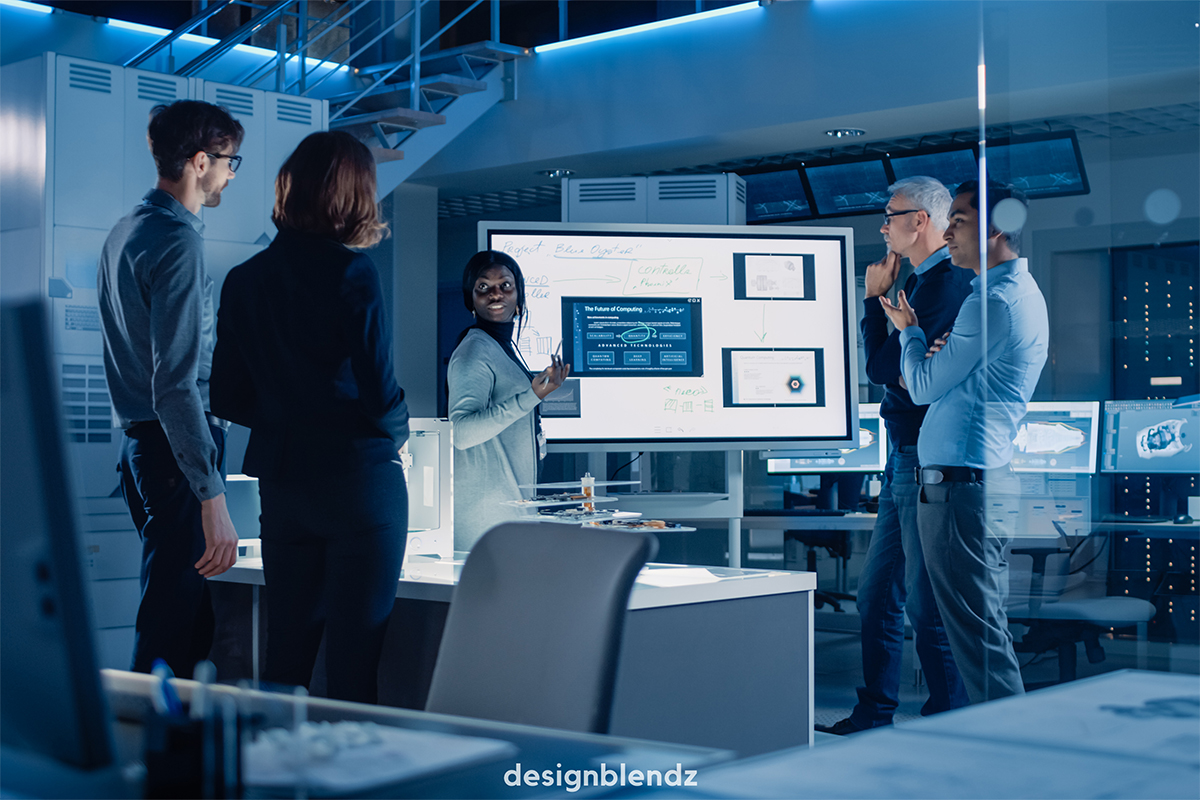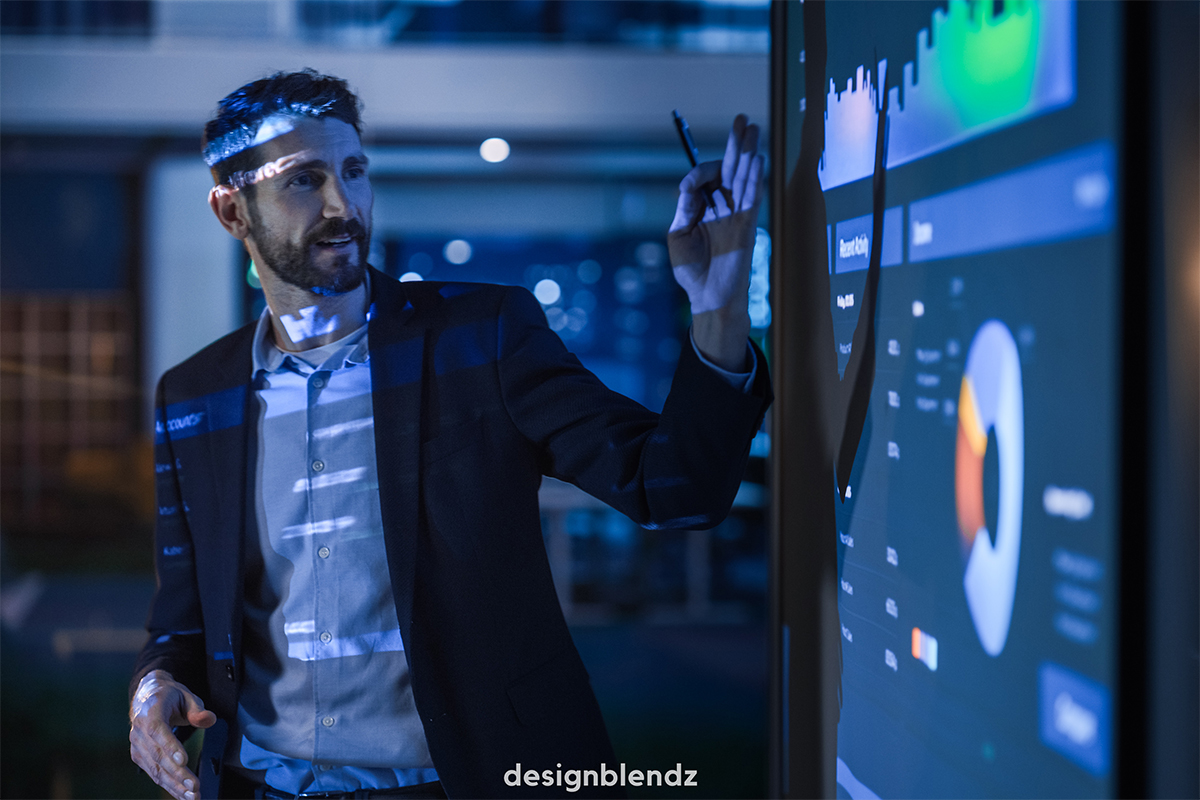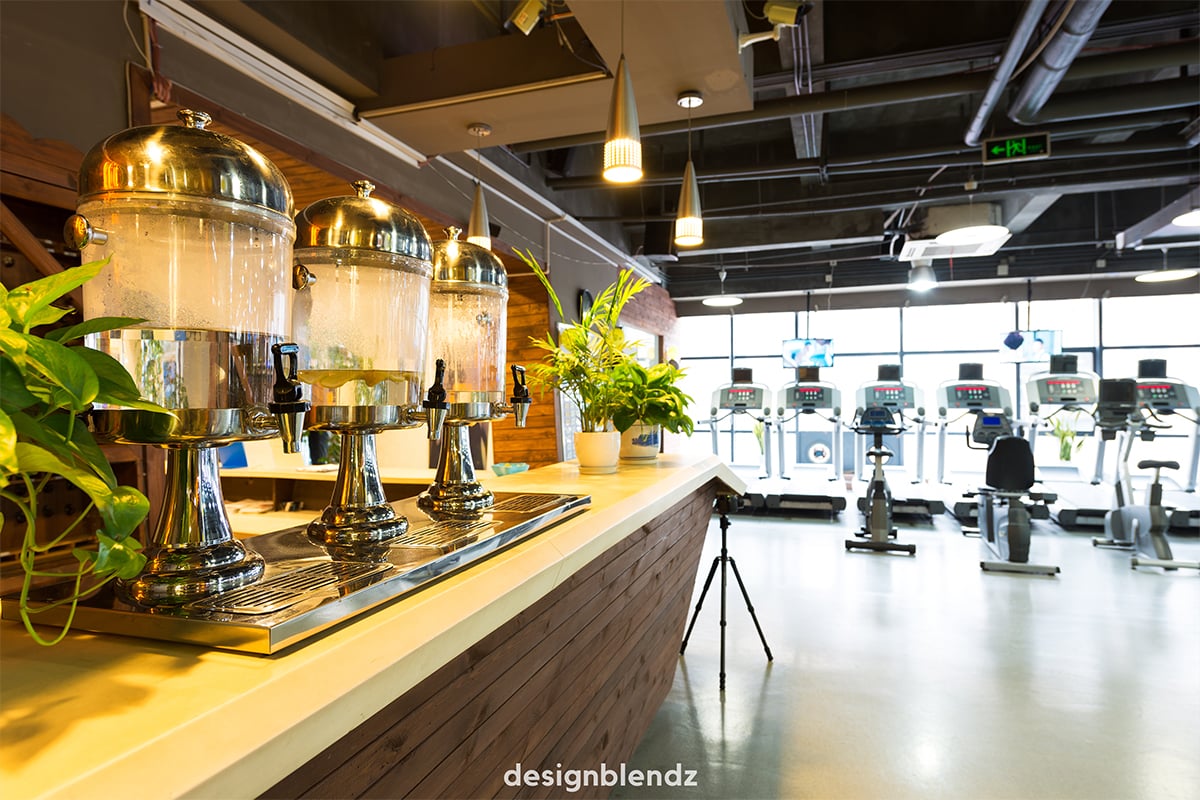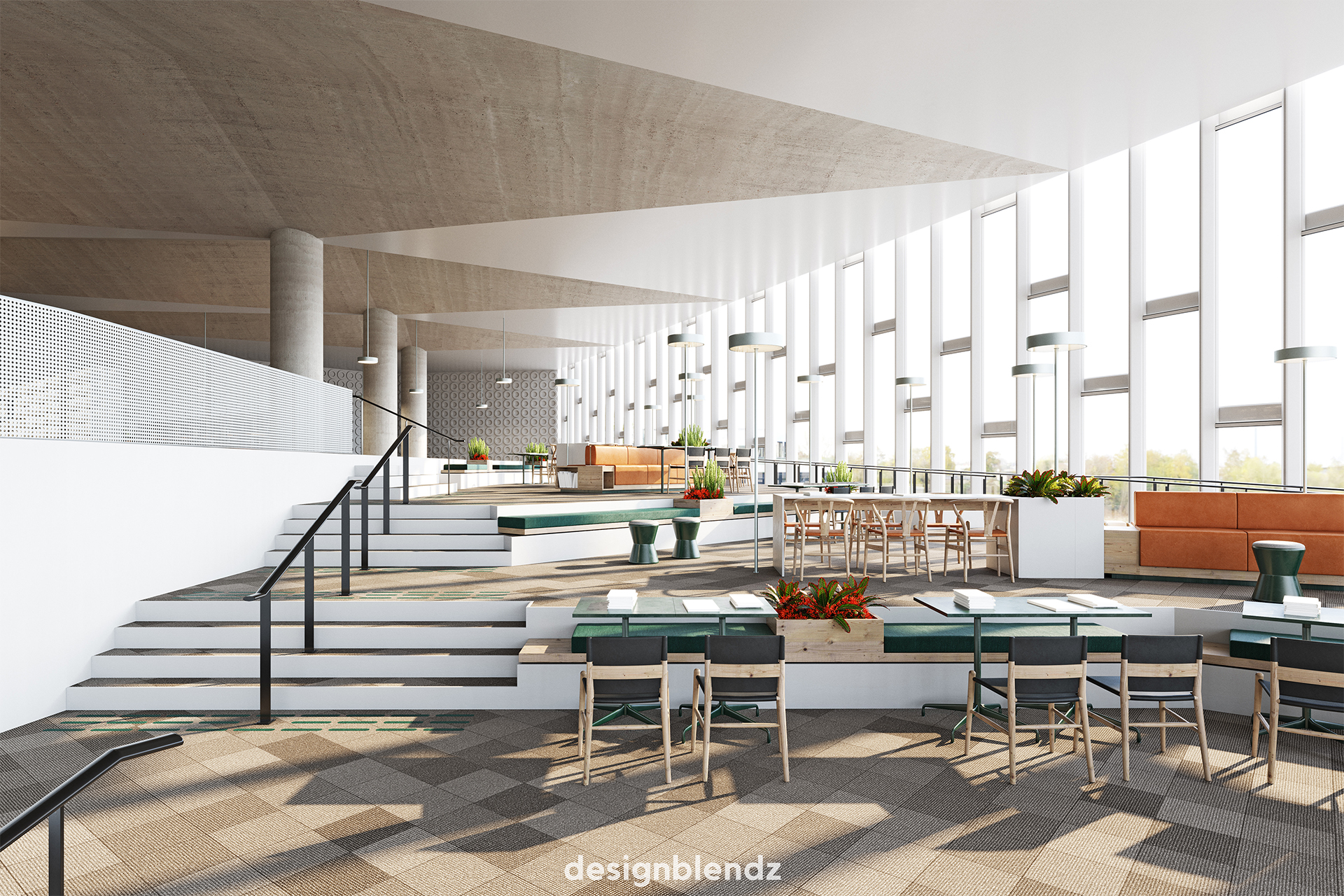In today's rapidly evolving business landscape, efficiency is key to success. As companies strive to streamline their operations and enhance productivity, they are increasingly turning to innovative technologies to optimize their workplace environments. One area where technology is making a significant impact is office design. By integrating smart solutions into office spaces, businesses can create environments that not only promote collaboration and creativity but also maximize efficiency. In this article, we'll explore the benefits of incorporating smart technology into office design and how it can revolutionize the way we work.

Enhanced Connectivity
In the digital age, connectivity is paramount. Smart office solutions, such as IoT devices and cloud-based systems, enable seamless communication and collaboration among employees. From smart whiteboards that allow for real-time sharing of ideas to video conferencing systems that connect remote teams, these technologies break down barriers and foster a more connected workplace.
Optimized Resource Management
Smart sensors and automation systems can help businesses better manage resources such as energy, lighting, and space. For example, motion sensors can detect occupancy levels in different areas of the office and adjust lighting and temperature settings accordingly, reducing energy waste. Similarly, space utilization sensors can provide insights into how office space is being utilized, allowing companies to optimize layouts and design more efficient work environments.

Improved Productivity
By streamlining processes and eliminating manual tasks, smart technologies can significantly boost productivity in the workplace. For instance, automation tools can handle routine administrative tasks, freeing up employees to focus on more strategic and creative work. Additionally, smart scheduling systems can optimize meeting times and room bookings, minimizing wasted time and maximizing efficiency.
Personalized Work Environments
Smart office solutions can also help create personalized work environments tailored to individual preferences and needs. For example, adjustable desks and ergonomic chairs with built-in sensors can automatically adjust to users' preferences, promoting comfort and well-being. Likewise, personalized lighting and temperature settings can enhance employee satisfaction and productivity.

Data-Driven Insights
One of the most powerful aspects of smart technology is its ability to generate data and insights that can inform decision-making. By collecting data on various aspects of the workplace, such as occupancy levels, meeting room usage, and environmental conditions, businesses can gain valuable insights into how their office spaces are being utilized and identify areas for improvement. This data-driven approach enables companies to make informed decisions about office design and resource allocation, ultimately driving greater efficiency and performance.
In conclusion, integrating smart technology into office design holds tremendous potential for enhancing efficiency and productivity in the workplace. By leveraging connectivity, automation, and data-driven insights, businesses can create work environments that not only support collaboration and creativity but also empower employees to perform at their best. As technology continues to evolve, embracing smart solutions will be essential for companies looking to stay ahead in today's competitive business landscape.




